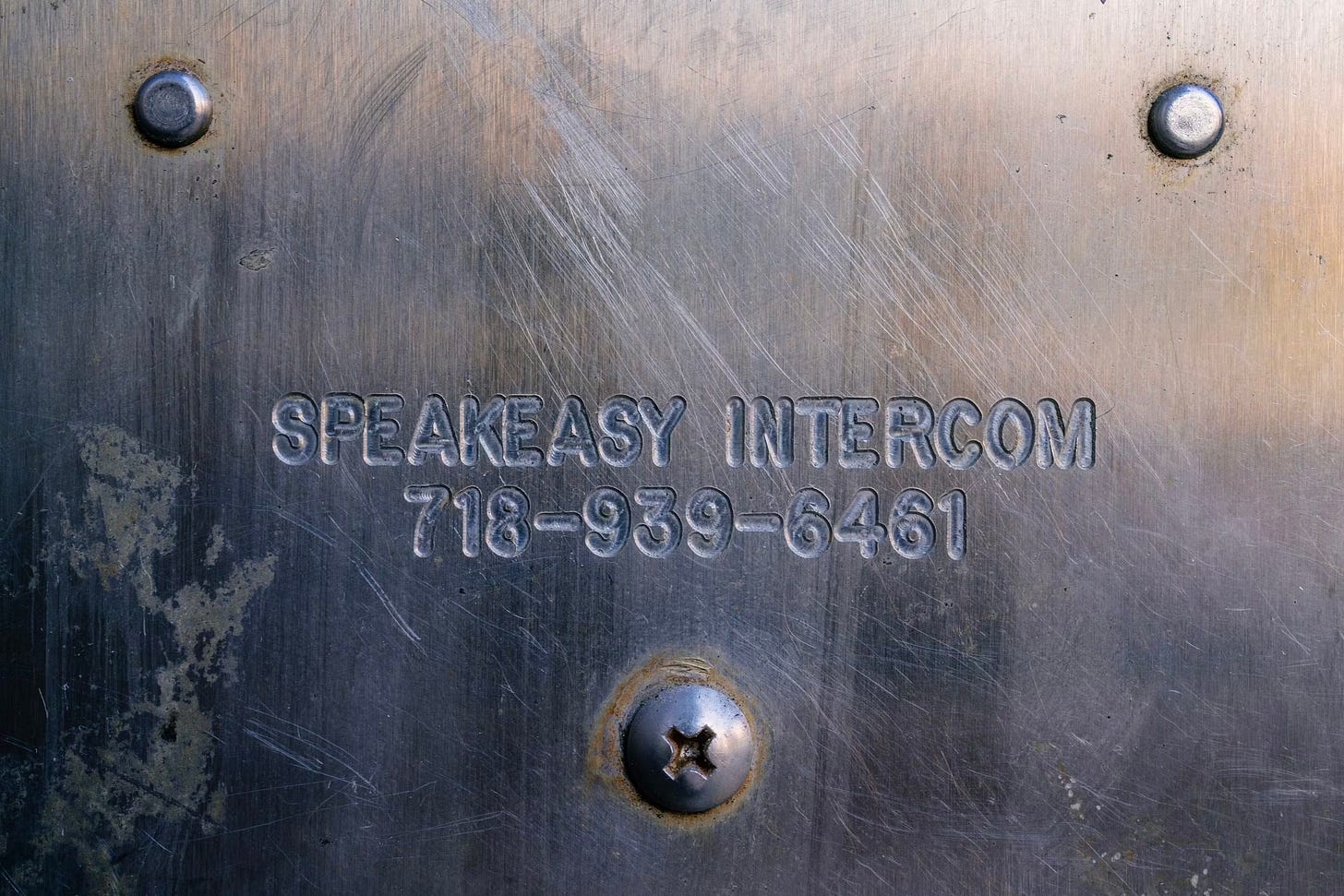
Hello from the middle of February, a time for snow.
Here are five fragments that stuck with me last week…
I have a hypothesis, which naturally might be wrong: that it is precisely the naivete of Everything, the fact that its writing was actually produced for all those different reasons, that makes it so valuable. Composing a fake corporate email, knowing it will be used to train a language model, you’re not doing nothing, but you’re not doing the same thing as the real email-writer. Your document doesn’t have the same … what? The same grain. The same umami.
– Robin Sloan, “Is it okay?,” February 11, 2025. This meditation on the provenance of language models made me think. I was especially taken with the idea that it’s all the varied, twisted, layered motives behind writing that matter for training LLMs.
crafting a good system prompt is the humanities project of our time, the most important work any poet or philosopher today could likely ever do.
– Nick Cammarata on X, February 12, 2025. As someone with a humanities degree, this clarion call made me sit up straighter. I also appreciated this reply: “I’ve been getting good results by asking the model to impersonate an elderly policy director who has been a meditator for fifty years, and to answer my questions like I’m an executive who is extremely well read on the subject but not directly experienced in it. The model will sort of sweetly adjust its glasses, take a sip of its tea and then explain both theory and application to me in a concise, intelligent, action-oriented way”
The transgressions are not really transgressions. They all feel honest. The font and its siblings just show up to work without pretense, without ego, without even sporting a nametag. Gorton isn’t meant to be admired, celebrated, treasured. It’s meant to do some hard work and never take credit for it.
– Marcin Wichary, “The hardest working font in Manhattan,” February 14, 2025. My old friend Marcin! This love letter to Gorton is full-grain Marcin, packed with photographs he’s personally taken over the years. Just when you think you’ve seen them all, you see the disclosure: “11 more images.” A bounty of examples, collected with love, published on Valentine’s Day. (Don’t miss his book about keyboards…)
All these new AI design tools look great, but I’m NGL, if you don’t have an infinite canvas, you’re missing the point of why tools like Figma are the best for design.
Design isn’t just about the output, it’s the process to get there. If you don’t allow for massive experimentation and chaos, it’s just another web editor.
– Tom Johnson on X, February 13, 2025. Tom is the head of design at Basedash (a Matrix portco!) and I’ve been following his work for some time now. I enjoyed coming across this thread of precise observations about what an infinite canvas makes possible.
If you ask our guests what they especially liked about the Wunderland you very often hear the reply “these push-button actions”. There are many places inside Miniatur Wunderland where visitors can control the action inside the exhibition themselves. For this we have installed 216 push buttons around the layout which bring the scenery to life. These can be details like the “killer-barrier” at the car park, which unselectively wallops passing cars, or the production of chocolate at the chocolate factory, or the start of a space shuttle. Even the Elbphilharmonie opens on the push of a button and allows insight into an ongoing concert of the animated philharmonic orchestra.
– “Push Button Actions,” an info page on the Miniatur Wunderland site documenting the largest model railway in the world. Discovered on Cal Henderson’s website…running for nearly 25 years! It’s always the buttons. (Petition for Marcin to write a book about buttons next…)
Until next time,
Diana
https://dianaberlin.com




